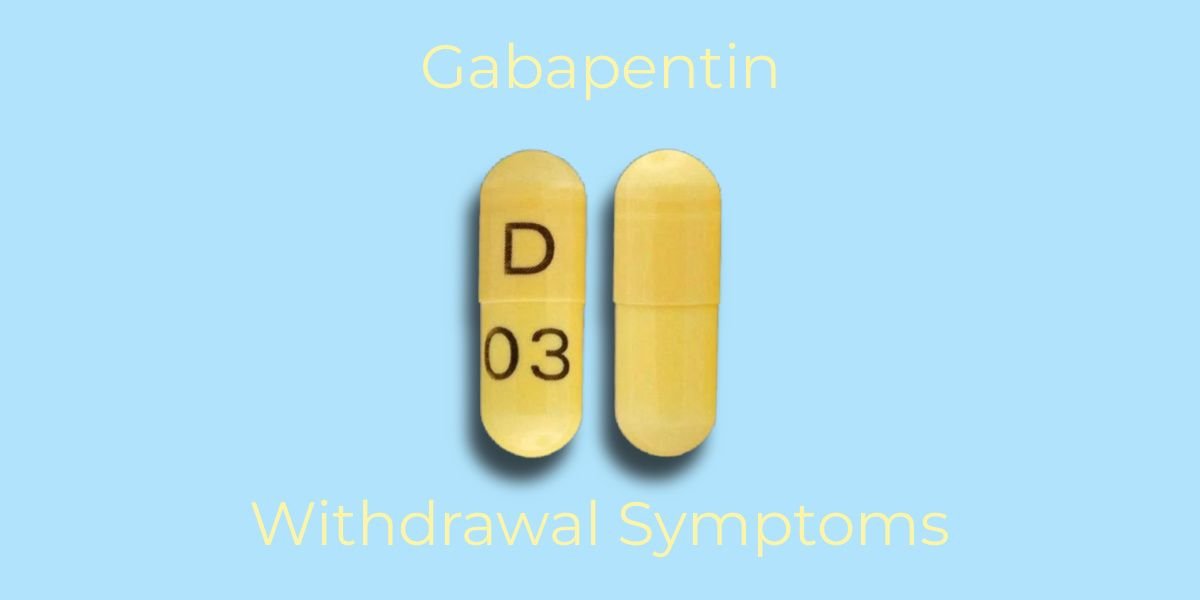Pregabalin, also known by the brand name Lyrica, is a powerful antiepileptic drug that is also used to treat some kinds of pain.[1] While it is generally well-tolerated, stopping taking pregabalin can lead to some unpleasant withdrawal effects.
- Pregabalin is a drug commonly used to treat seizures and neuropathic (nerve) pain. It is also sometimes abused for the euphoric ‘high’ it induces at higher doses
- Stopping taking pregabalin suddenly can lead to significant withdrawal symptoms, including insomnia, anxiety, and suicidal ideation
- Anyone taking pregabalin should not stop taking the medication suddenly. Work with medical professionals to reduce the dose slowly to reduce withdrawal effects
-Withdrawal_-Symptoms,-Timeline,-and-Detox.jpg?v=1744625738)
Understanding pregabalin (Lyrica) withdrawal
Pregabalin withdrawal is a set of symptoms that sometimes occur when a patient stops taking pregabalin. They are typically unpleasant and can sometimes be dangerous. They will usually go away on their own as time progresses, but it’s important to work with your doctor to minimize their severity.
Why pregabalin withdrawal occurs
Given that researchers don’t completely understand the mechanism of action behind pregabalin’s effects, it’s not surprising that there is some uncertainty about why pregabalin withdrawal causes unpleasant withdrawal symptoms.[2][3]
There are common aspects to all withdrawal effects, however. After a period of taking some drugs, the body adapts. Often, this takes the form of tolerance, where higher doses of the drug are needed to achieve the same effect. For example, if the drug acts like a specific neurotransmitter, the body might make less of that neurotransmitter itself in response to the presence of the drug.[4]
When you stop taking that drug, the changes in the body will remain until the body readjusts. During this period, you will have depressed levels of the neurotransmitter rather than the elevated levels you had with the drug. As a result, the side effects can be the opposite of the effects the drug was designed to create. For example, pregabalin is a CNS depressant and can be used to treat generalized anxiety disorder (GAD). One of the symptoms of pregabalin withdrawal is anxiety, even in those who don’t have GAD.[3]
Pregabalin withdrawal symptoms
Stopping taking pregabalin, especially suddenly, can lead to an increase in the number and severity of seizures.[5] This is a serious health risk, and you should always contact your doctor if you experience this withdrawal effect.
Another very serious withdrawal symptom can be an increase in thoughts about harming yourself or taking your own life (suicidal ideation) or psychosis.[6][7] Both of these withdrawal effects can lead to harm and can be life-threatening.
Most people who stop taking pregabalin, especially if they didn’t have a pre-existing seizure condition, will only experience more minor withdrawal symptoms. These will typically include:[5]
- Insomnia
- Nausea
- Headache
- Diarrhea
- Anxiety
- Hyperhidrosis (excessive sweating)
- Chest pain
- Craving pregabalin
Timeline of withdrawal
Pregabalin is absorbed and processed rapidly by the body, which means that withdrawal symptoms will also usually begin relatively quickly. You might begin to experience withdrawal symptoms after just 24 hours.[3]
Most withdrawal effects will disappear within 1 week of stopping pregabalin, but some can last for significantly longer.[8] It’s also important to be aware that withdrawal symptoms can begin in response to dose reduction (tapering), not just after complete cessation of the medication.[8]
Managing pregabalin withdrawal: Detox and treatment options
The majority of pregabalin withdrawal symptoms are unpleasant rather than dangerous and will go away after about a week.[8] Some symptoms are more concerning, however, and may require additional support. Suicidal ideation (having suicidal thoughts and feelings) poses a particular risk, and you should tell your healthcare provider if you experience this symptom.
There are some medications, such as chlordiazepoxide, that can be offered to reduce the withdrawal symptoms of pregabalin, but these are rarely used except for patients with SUD who are taking multiple drugs.[9] Instead, patients are usually advised to increase their dose back to a point where their withdrawal symptoms have gone away and then decrease their dose more slowly. This avoids any risk of drug interactions.
Can I manage pregabalin withdrawal at home?
Most people who take pregabalin, especially those taking it as prescribed, will be able to taper off the medication under advice from their doctor and will successfully manage any withdrawal symptoms at home.
Safe discontinuation: Tapering off pregabalin
How quickly you can taper off your pregabalin use depends on a number of factors, including your current dosage, how long you have been taking pregabalin for, and whether you have any negative effects as you start to reduce the dosage.
Typical advice suggests that pregabalin doses can be tapered over at least a week, but most patients will taper over a period of several weeks. A sample withdrawal schedule from 150mg twice per day might look like this:[10]
| Week 1 | Week 2 | Week 3 | Week 4 | |
|---|---|---|---|---|
| Morning | 150mg | 75mg | 50mg | 25mg |
| Evening | 75mg | 75mg | 50mg | 25mg |
If you are on higher doses of pregabalin and/or have been taking it for several years, you might need a slower tapering off than the normal schedule. If you start to get symptoms as you taper off, you might need to temporarily increase your dose until your symptoms go away before reducing your usage again.
One exception to the need to taper off your use of pregabalin is if you are changing to gabapentin. Because these two drugs are very similar, research suggests that you can transition between them without the need for slowly reducing your usage.[11] Alternatively, you may need to stop taking pregabalin immediately if you experience angioedema, a life-threatening side effect that leads to facial swelling and impairs your ability to breathe.[5]


-guide-detail.jpg?v=1756808565)

-guide-detail.jpg?v=1722501965)